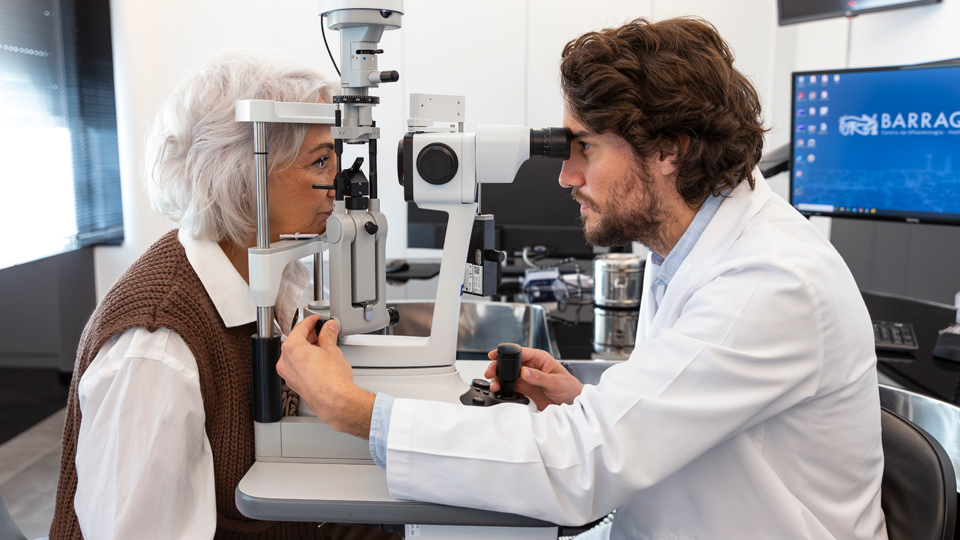All about the skin around the eyes and “drooping” eyelids
04/04/2025

28/01/2025
Presbyopia is a common eye condition that affects most people over the age of 40. It is characterised by the progressive loss of the ability to focus on nearby objects, which can cause discomfort and make daily activities such as reading, writing, or using electronic devices more difficult. While it is not preventable, various treatments, including surgical options, may offer long-lasting solutions. Below, we explore the most common symptoms of presbyopia and the available surgical treatments for its correction.
Symptoms
Presbyopia develops gradually, and its symptoms tend to become more noticeable over time. The most common signs include:
Causes
Presbyopia occurs due to the loss of elasticity in the crystalline lens, the eye’s natural lens responsible for focusing at different distances. With age, the lens becomes stiffer and less flexible, making it harder to change shape and focus on close objects. This process is a natural part of ageing.
Surgical correction
For those seeking a more permanent solution, various surgical techniques have been developed. However, it is important to note that no procedure has fully restored the eye’s natural focusing ability. The available options include:
The choice of the most appropriate treatment depends on multiple factors, including age, ocular health, daily activities, and patient expectations. A comprehensive ophthalmological evaluation is essential to determine the most suitable and personalised option. While presbyopia has no cure, the available solutions can significantly reduce its impact and improve the quality of life for those affected.
Dr Anton Barraquer, ophthalmologist at the Barraquer Ophthalmology Centre
Todos sufriremos la aparición de la presbicia o vista cansada a partir de los 40 años. Aunque su progresión suele resultar incómoda, actualmente disponemos de un amplio abanico terapéutico para que el paciente pueda afrontar esta etapa sin renunciar a su calidad de vida. ¿Qué es la presbicia? ¿Cómo es su tratamiento? ¿De verdad vale la pena operarse? Despejamos todas las dudas.